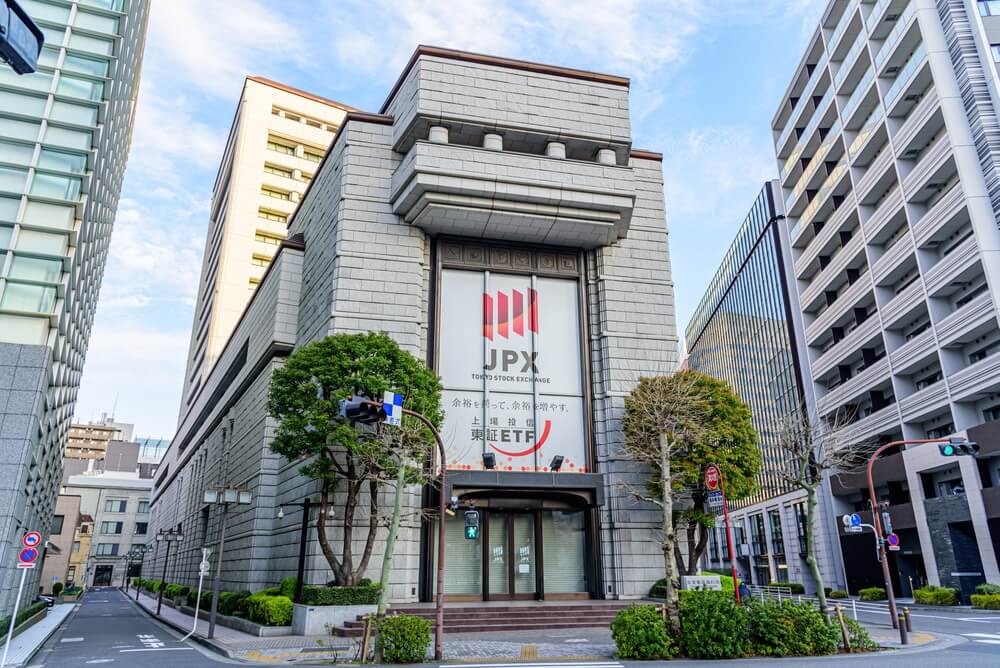
Japanese Stocks Led Losses Across Main Markets
Stocks in Asia-Pacific fell on June 21 as Japan’s markets suffered losses. Meanwhile, China made the decision to keep its benchmark lending rate unchanged. China’s decision was in line with the expectations of the majority of analysts who predicted no change to the one-year Loan Prime Rate (LPR) and five-year LPR. On Monday, China announced that the one-year LPR was kept unchanged at 3.85%. Importantly, the five-year LPR was also held steady at 4.65%.
Japanese stocks led losses across the main market in Asia, with the Nikkei 225 dropping 4% in Monday trade. The Nikkei 225 later pared some of those losses but still closed 3.29% lower at 28,010.93. The Topix index dropped 2.42% to end its trading day at 1,899.45.
Losses were seen in most sectors in the country, with shares of automakers such as Nissan and Honda declining 4.07% and 3.93%, respectively. Shares of Fanuc dropped 5.62%. Among financials, shares of Mitsubishi UFJ Financial Group fell 2.72% and Mizuho Financial Group dropped 2.25%.
Mainland Chinese stocks on Monday
In other parts of Asia-Pacific, Hong Kong’s Hang Seng index declined 1.28% as of its final hour of trading. Mainland Chinese stocks strengthened their positions, with the Shanghai composite rising 0.12% to 3,529.18. The Shenzhen component added 0.395% to close at 14,641.29.
South Korea’s Kospi dropped 0.83% to finish its trading day at 3,420.79. Shares in Australia fell, with the S&P/ASX 200 dropping 1.81% to close at 7,235.30.
MSCI’s broadest index of Asia-Pacific shares outside Japan dropped 1.29% on Monday.
Markets continue their post-Federal Open Market Committee (FOMC) slump as concerns regarding rate normalization continue to keep a lid on risk assessment. Last week, the U.S. Federal Reserve decided to raise its expectations for inflation. The central bank also moved forward the timeline of its interest rate hikes. Its decisions affected the dollar index, as it jumped against a basket of its peers.
The Federal Reserve, in essence, acknowledged the door is now open to future rate hikes. Analysts expect the central bank to make a fuller declaration about the bond program later this year.
The late-July meeting of the Federal Reserve now looms large. That meeting could add even more volatility as investors wait to see if the Fed will provide more details on tapering after the meeting. Many economists expect the central bank to use its annual Jackson Hole symposium as a forum to present its plan for the bond program.


